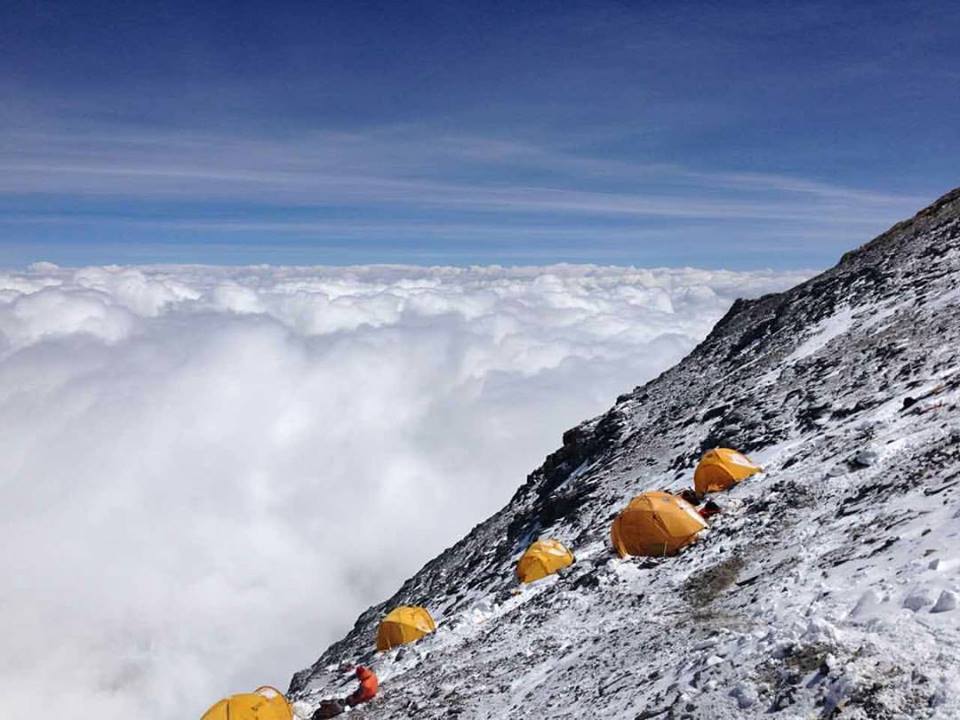- Home
- Class Pages
- Year 4
- Working from home
- 2. February working from home
- Week beginning 22 February 2021
- 25 February 2021
25 February 2021
Maths (Zoom at 9:30am)
Today is our last lesson on equivalent fractions for a while!

If you are unable to join the zoom, click on this link to watch a video on this topic:
https://vimeo.com/504801539
Then work through the PowerPoint below, before you try to complete the worksheet.
Spellings:
Have a go on Nessy spellings. The link is below. If you need any extra support accessing this website, please let me know.
https://learn.nessy.com/account/login#/accountLogin
English
We are continuing our trek up Mount Everest! Write another two paragraphs about the next two landmarks.
Landmark 1:
Camp 3, Lhotse wall
8000 m
- •This is 1200 metre high icy slope.
- The dangerous part is to hang on to rope and to change carabiners between the ropes.
- •The camp here is placed right out of the wall. Going to the toilet at night is a tedious task to dress and secure oneself.
- •After an hour or so, you will reach the "Ice bulge", an icy, bumpy part.
- Blocks of ice sometimes come falling behind climbers.
- •(Climbing time: 5-8 hours not acclimatized)

Landmark 2:
Camp 4, the Deathzone
8000 m
- •Only fear remains on everyone's face.
- People don't talk a lot.
- •The wall towards the summit is steep and dark, you are in the death zone and you can't help thinking that within the next 48 hours, there is a very real risk that you might not live.
- •Go over your gear in daylight.
- Drink at least 3 litres of fluid or more if you can.
- Bring another 2 litres of hot fluid on the climb.
- Get your axe ready.
- It is called the death zone because there is not enough oxygen to breathe
- Most of the climbers who have died on Mount Everest have died here
- You lose ability to think clearly
- Dead bodies are left on mountain as helicopters can't work well in area
Use these facts and the PowerPoint to help you write your next two paragraphs.
Science
This half term, we are starting to learn about gases, liquid and solids. Did you know that every item is either a gas, solid or liquid?

The properties (how something behaves) tells us whether it is a gas, liquid or solid.
Gases: Expand and take up any volume they can (think of the air around us!)
Liquids: It fills the shape of the container (if water is poured into a cup, it will fill up that space)
Solids: Always have the same shape. They are hard.
Watch this video to help you understand a little more:
https://www.youtube.com/watch?v=wclY8F-UoTE
Liquids, gases and solids are called STATES. They are different matters made of different particles (atoms). The circles in the picture below show the particles.

Now have a go at the two sheets below.
